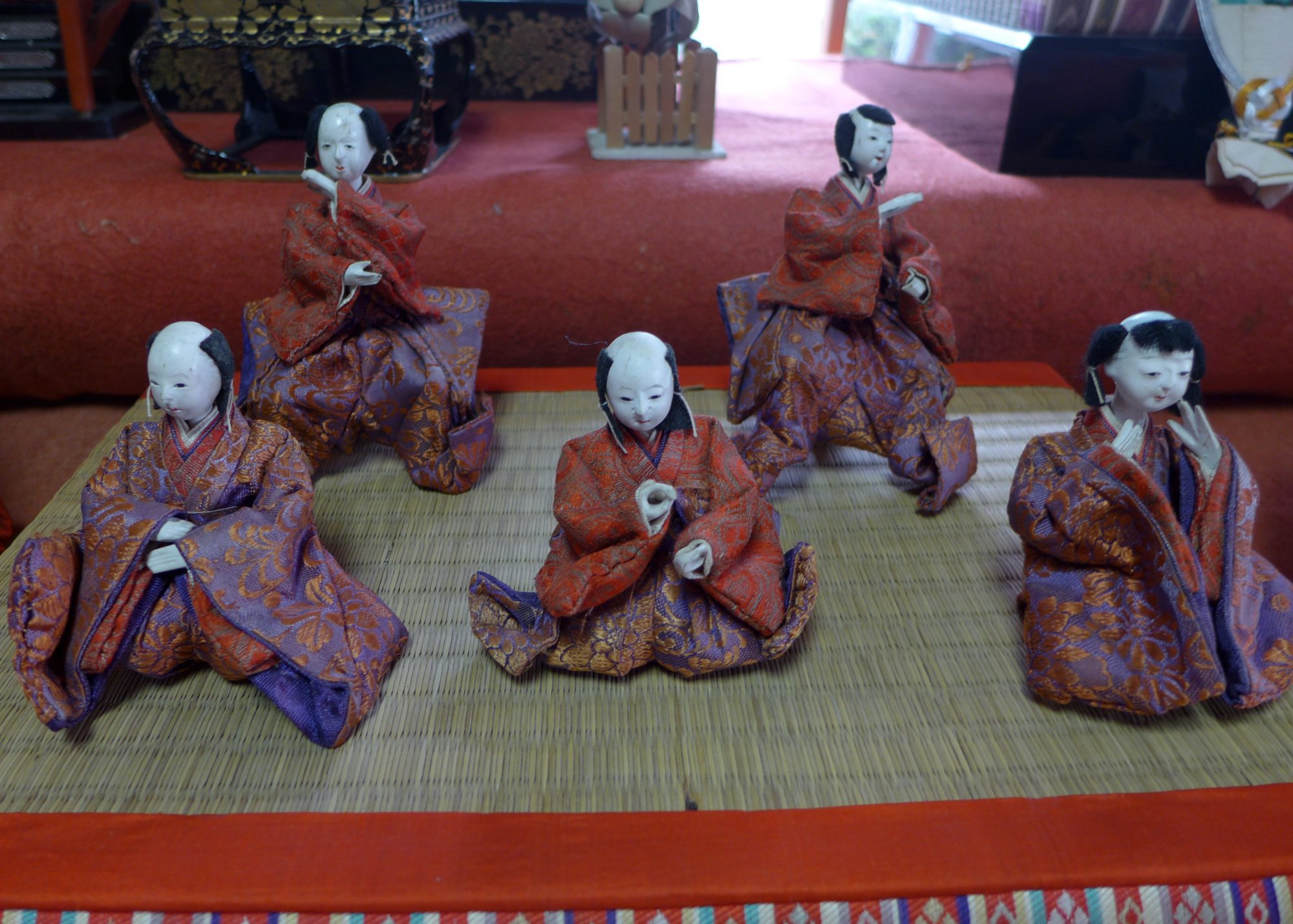Beyond Motor Imagery for Cognitive Choreography
Martina Morasso, TanzNetzDresden, Germany
Pietro Morasso, Italian Institute of Technology, Genoa, Italy
Motor imagery is a mental process by which an individual rehearses a given action by simulating it mentally. In sport training it is has been adopted as an effective technique of mental practice of action; in neurological rehabilitation it may help stroke patients to recover some degree of volitional control of movement; in dance it has been used for supporting the imagination of actions shaped by external virtual objects; in cognitive robotics it is investigated with the goal of human-robot symbiosis (Sandini et al, 2018; Mohan et al, 2018). The underlying neurophysiological evidence is the strong similarity of brain activation patterns that characterize real (overt) movements and imagined (covert) movements. However, the link between overt and covert movements is much stronger. As a matter of fact, overt actions are a small portion of human movements: the great majority is covert and fulfills a multiplicity of functions such as anticipation, prediction, and organization of the flow of movements driven by a goal. A crucial contribution to this cognitive framework is the Mental Simulation Theory by Marc Jeannerod : it posits that cognitive motor processes such as motor imagery, movement observation, action planning, and verbalization share the same representations with motor execution in terms of multiple, virtual force fields and are implemented by animating an internal model of the Body Schema, in other words a kind of internal cinema. In a previous work (Morasso & Morasso, 2017) a computational metaphor was proposed that is derived from the Mental Simulation Theory, namely the Peter Pan’s Shadow Metaphor: Peter Pan’s Shadow is a visualization of the Body Schema and its conscious animation is the engine for linking body and mind in dance performance. In the forum at IROS it will be shown, by means of short videos, how this approach can support an approach to Cognitive Choreography also inspired by the philosophy of Tai Chi as regards the forces of yin and yang, related to the moves.
This presentation will be combined with a 30 minutes eidetically inspired dance improvisation session.
Different from Ballet, dance improvisation is an elusive agile process that resists mechanically predefined structures, “frozen” as in a musical score. An improvisation session is a suggestion, a possible course of action. The balance point is a perfect ecology of interacting intentions: it doesn´t insist on a single “solution” and persists in the goal of being without enduring. However, a trace of the passed action may remain, as a brush stroke in a painting.
The improvisation session will be based on the “eidetic” musical score by the German composer Barbara Heller, an example of which is shown here. Starting from here the improvising dancer can manipulate ideas, goals and forms in a cooperative manner also with the audience: it works and performs “nowhere and everywhere” at the same time. Improvisation is indeed a challenging time-based practice, endlessly reshaping previous action strips into new forms.
In particular, in the improvisation session we would like to show the several ways of handling stability/instability, which shows our human plasticity to investigate and re-conceive forms of action.

